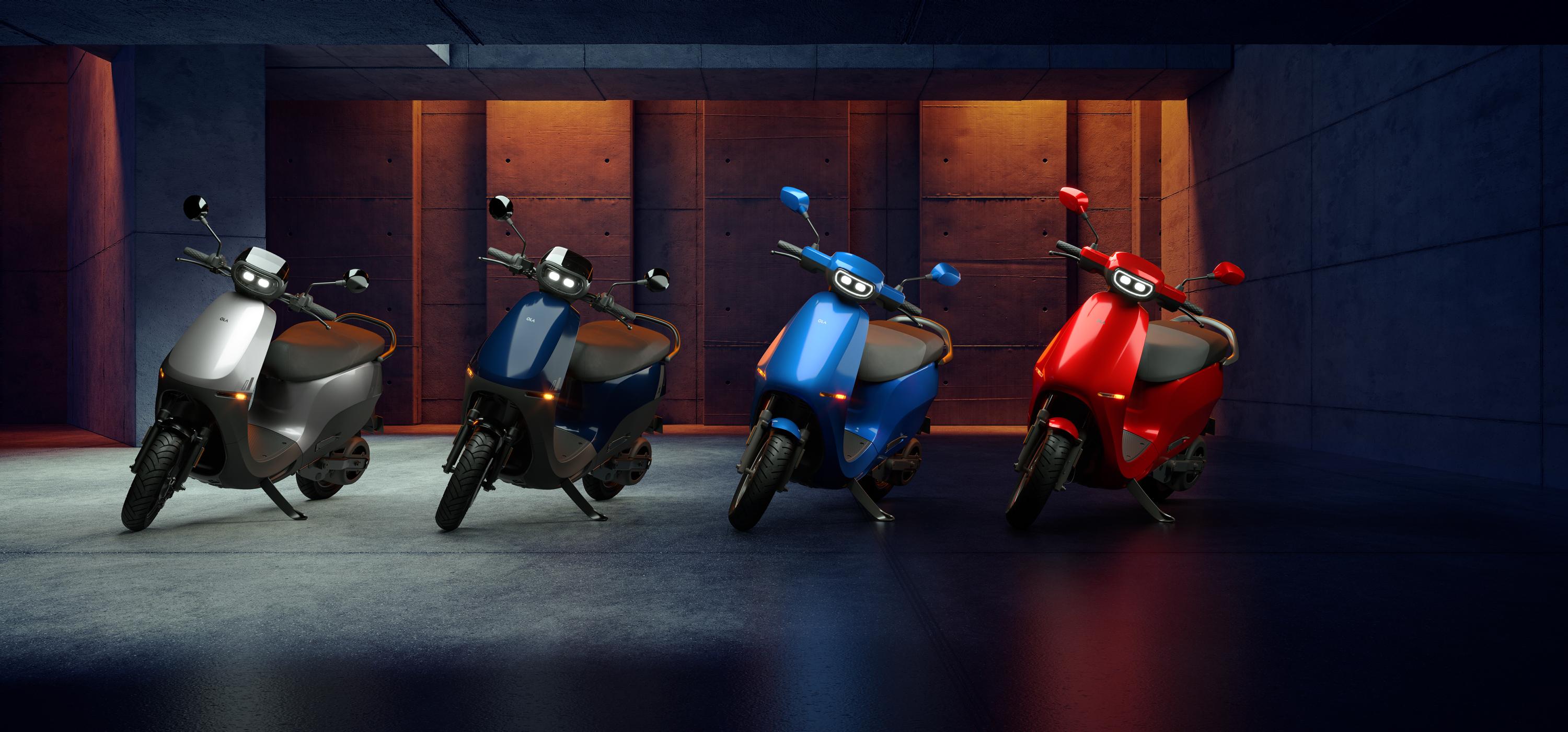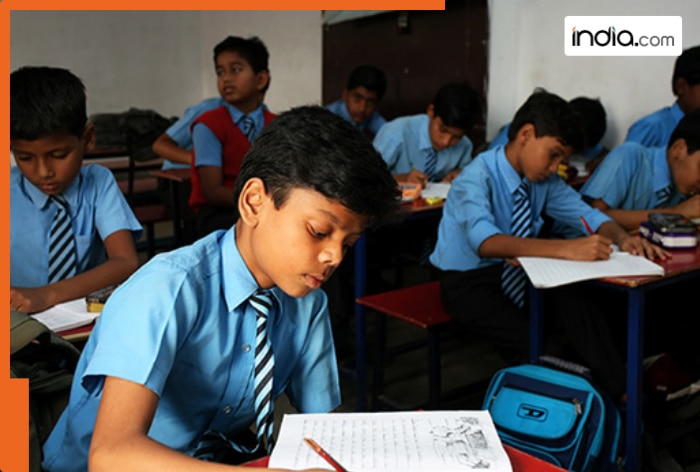Art museums fetishise authenticity. They are archival, collecting and conserving precious, rare and original artefacts. This serves some types of art well, but others less so. For artworks made to be handled and played with, in particular, it has a deadening effect. Once an object enters an archive, playing and handling are out of the question.
The Whitechapel Gallery has chosen to behave in an excellently unmuseumlike way for The I and the You, which invites you to get touchy with the Brazilian artist and art therapist Lygia Clark (★★★★☆). This condensed exhibition follows Clark as she makes a journey to the outer boundaries of “proper” art. As a painter in the 1950s, she took inspiration from tectonic, quasi-architectural abstractions painted by Russian artists earlier in the century. Her crisply rendered and geometrically restrained drawings and paintings were informed by thoughts about the interaction of shapes and lines, of interiors and exteriors. They led to playful architectural sculptures, some made from matchboxes.
During the revolutionary decade of the 1960s, Clark started to explore radical ideas about art that related directly to its audience – or which invited the audience to relate in new ways to one another. The most familiar of these are the hinged metal sculptures known as bichos (“animals” or “creatures”). They are normally positioned reverently behind glass and are handled, if at all, by heavily insured gallery staff wearing white gloves. Here, instead, a number of bichos are presented as reproductions on white plinths, with visitors allowed to adjust and reposition them as they please.
There are further invitations to play – goggles to put on and see a magnified reflection of your eyes, mobius strips in elastic into which you insert your hands, mobius strips in paper to cut into a growing loop, as well as sensory toys. A sprawling net knotted from rubber bands slumps across a low platform. You can knot more bands and help the net grow. You can also lie under it with friends and form a bound-in, springy mass. As a lonesome critic, this option was not available, but a film from 1974 makes it look like a strange and primal experience: intimate and disconcerting.
More intimate still is this exhibition’s title work, O eu e o tu (The I and the You, 1967). Two participants are invited to don double layered outfits – like spacesuits from a 1960s sci-fi movie – which are connected by an umbilical length of rubber tubing. Their eyes covered by the suit’s helmets, the twinned participants explore one another’s bodies with their hands, unzipping pockets in the outer suits to reach inside and encounter textured panels on the inner suits – including patches of hay and fluff that stand in for chest and pubic hair. It’s quite the trust exercise.
Clark was interested in provoking intimate relations between people, and developed these exercises in workshops with students, and as forms of art therapy. They weren’t intended to be performance artworks per se – which of course complicates the showing of them in a gallery. On certain days, some of the more necessarily intimate works will be activated – among them one for which participants don brightly coloured bodysuits that are then stitched together to form a human circle. Once sewn together, they move over and between one another in a writhing knot.
Presenting this as a “performance” invites attempts to aestheticise it and make the movements controlled and dancerly. I suspect the activations back in the day were much more awkward and giggly. As with the recent Yoko Ono exhibition at Tate Modern, Clark’s invitations to explore our boundaries in engaging with objects and other people still feel curiously radical.
after newsletter promotion
The “please do touch” theme is extended upstairs in An Awkward Relation – an exhibition by Sonia Boyce (★★★☆☆) conceived in response to Clark. Shown on a plinth shaped like a cluster of crystals, Hair Objects (1993) is a collection of braids and sculptures made from real and artificial tresses and dreads that invite you to flout taboos around touching hair. The video Exquisite Tension (2006) shows a white man and a black woman having their hair braided together, in a charged take on Marina Abramović and Ulay’s Relation in Time (1977).
Boyce has lined the large upper galleries in photographic wallpaper: in the first, a pattern abstracted from a photograph of braided hair; in the others, stills from an improvised performance inspired in part by Clark, presented by Boyce in 2017 at the ICA in London. Footage of this performance – which featured dancers and vocalists interacting with objects and one another – is shown over seven screens. It does not merit this massively over-extended display. I’m a great fan of Boyce, and she is overdue a proper survey show, but this feels like a wasted opportunity.







